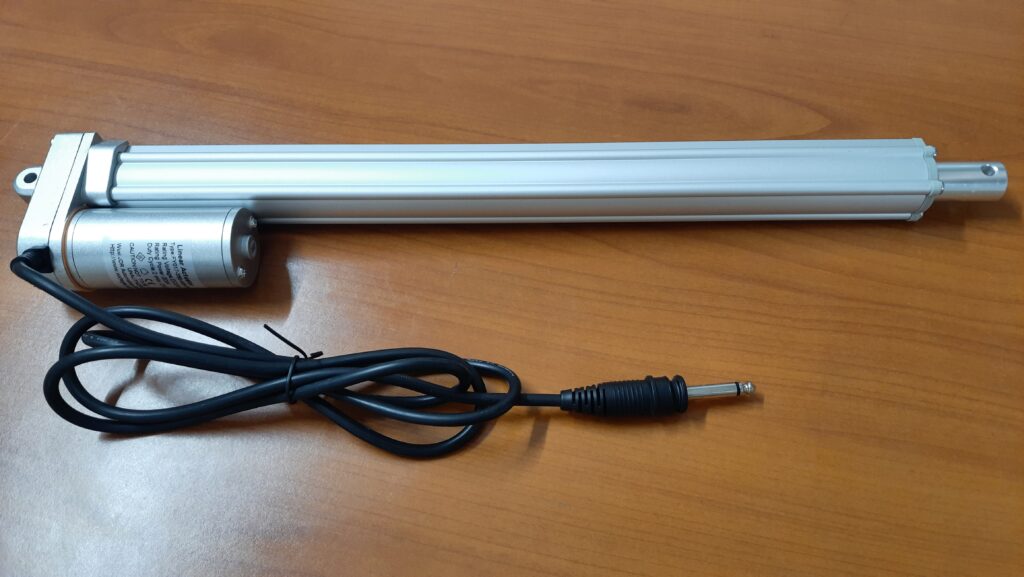Introduction: In the ever-evolving landscape of industrial automation, one technological advancement stands out for its game-changing potential—Wireless Electric Linear Actuators. These cutting-edge devices are reshaping the way we approach motion control, offering a host of benefits that go beyond traditional wired alternatives. In this blog post, we will explore the key features, applications, and advantages that make Wireless Electric Linear Actuators a focal point in the world of automation.

Wireless Freedom: One of the primary advantages of wireless electric linear actuators lies in their freedom from restrictive cables. This not only simplifies installation but also opens up possibilities for applications in remote or hard-to-reach locations. Whether it’s a sprawling industrial facility or a compact home automation project, the absence of cables provides newfound flexibility in designing and implementing motion control systems.
Seamless Integration: Wireless electric linear actuators are designed with seamless integration in mind. These devices often come equipped with user-friendly interfaces, making them easy to program and control remotely. The ability to integrate wirelessly into existing automation systems or IoT (Internet of Things) networks enhances the overall efficiency and responsiveness of the entire system.
Precision in Motion: Precision is paramount in many industrial processes, and wireless electric linear actuators excel in delivering accurate and repeatable motion control. With advanced control algorithms and feedback systems, these actuators can achieve precise positioning and movement, ensuring optimal performance in tasks ranging from manufacturing to robotics.
Applications Across Industries: The versatility of wireless electric linear actuators makes them suitable for a wide range of industries. From manufacturing and assembly lines to medical equipment and aerospace applications, these actuators find utility in scenarios where precise and efficient motion control is essential. The elimination of wires not only simplifies installation but also reduces maintenance requirements, contributing to overall system reliability.
Remote Monitoring and Control: One of the standout features of wireless electric linear actuators is the ability to monitor and control them remotely. This is particularly valuable in applications where real-time adjustments are necessary or when the actuators are deployed in challenging environments. Remote monitoring capabilities enhance system diagnostics, troubleshooting, and overall operational efficiency.
Energy-Efficiency and Sustainability: As the world increasingly focuses on sustainable technologies, wireless electric linear actuators play a role in reducing energy consumption. The elimination of power-hungry cables and the ability to optimize energy usage contribute to a more environmentally friendly solution, aligning with the growing emphasis on green and sustainable practices.
Conclusion: In conclusion, wireless electric linear actuators are not just a technological advancement; they represent a paradigm shift in motion control. Their wireless capabilities, precision, and adaptability make them indispensable in various industries, offering a glimpse into the future of automation. As technology continues to evolve, these actuators will likely play a pivotal role in shaping the next generation of smart and efficient motion control systems.
